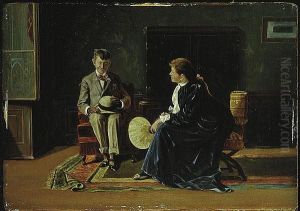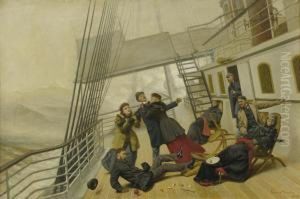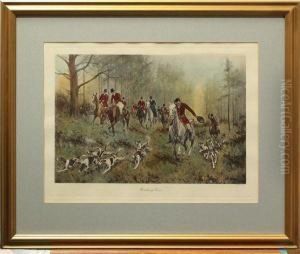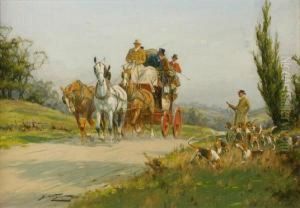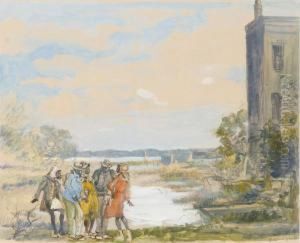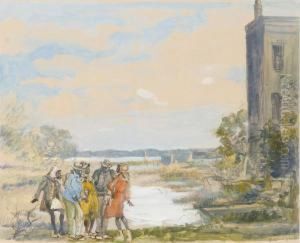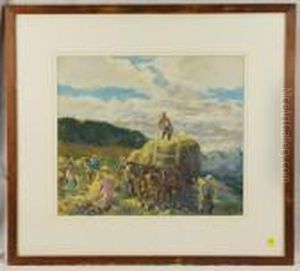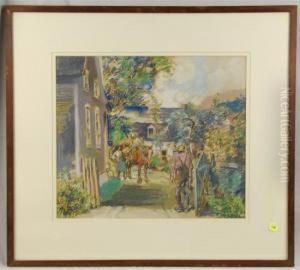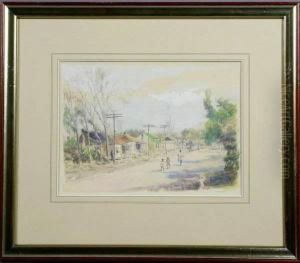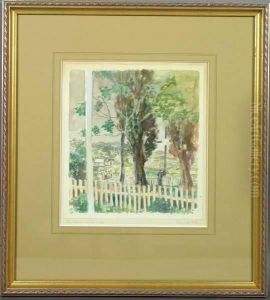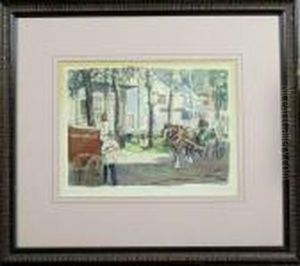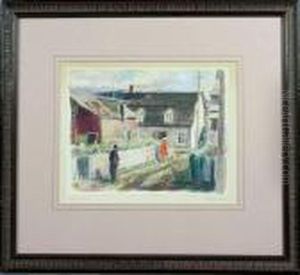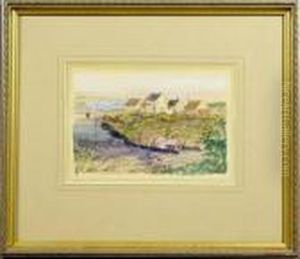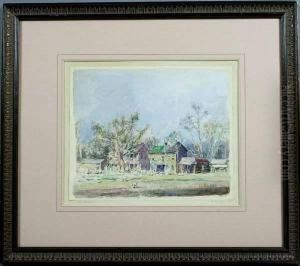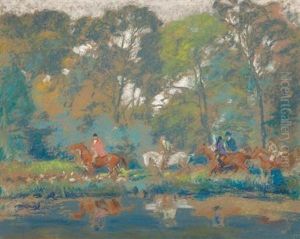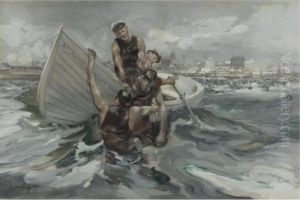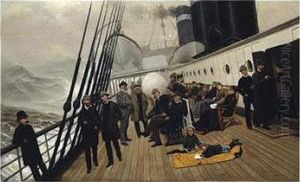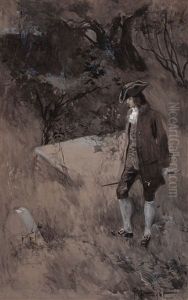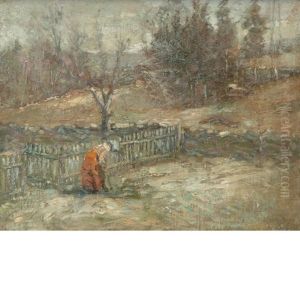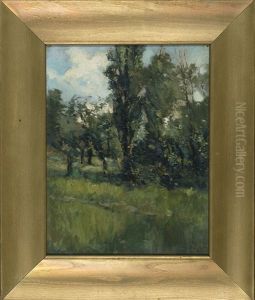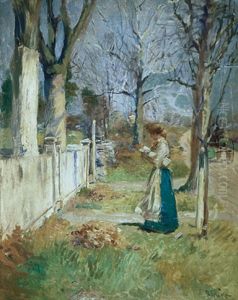George Hand Wright Paintings
George Hand Wright was an American artist, born on August 20, 1872, in Fox Chase, Pennsylvania. He showed an early interest in art and pursued his passion for drawing and painting throughout his life. Wright's artistic education took place at the Pennsylvania Academy of the Fine Arts, where he studied under the guidance of Thomas Anshutz, a prominent figure in American art and a student of Thomas Eakins.
After completing his education, Wright moved to New York City, where he began his career as an illustrator. His work was published in prominent magazines of the time, including Harper's, Scribner's, and The Saturday Evening Post. Wright was known for his ability to capture the essence of American life in his illustrations, often depicting the everyday experiences of people from various walks of life.
In addition to his illustration work, Wright was also a skilled painter and etcher. He was part of the early 20th-century movement of American Realism, focusing on rural scenes and landscapes. His paintings often featured the countryside of Westport, Connecticut, where he eventually settled. Wright became an influential member of the art community in Westport and was a founding member of the Westport Artists Club.
Throughout his career, Wright received several awards for his contributions to art, including the prestigious Pennell Medal. His works have been displayed in numerous exhibitions and are part of the collections of several museums. George Hand Wright’s legacy is that of a versatile and talented artist who captured the spirit of America through his illustrations and paintings.
Wright passed away on October 11, 1951, in Westport, Connecticut. His work continues to be appreciated for its historical value and its portrayal of American culture during the late 19th and early 20th centuries.
